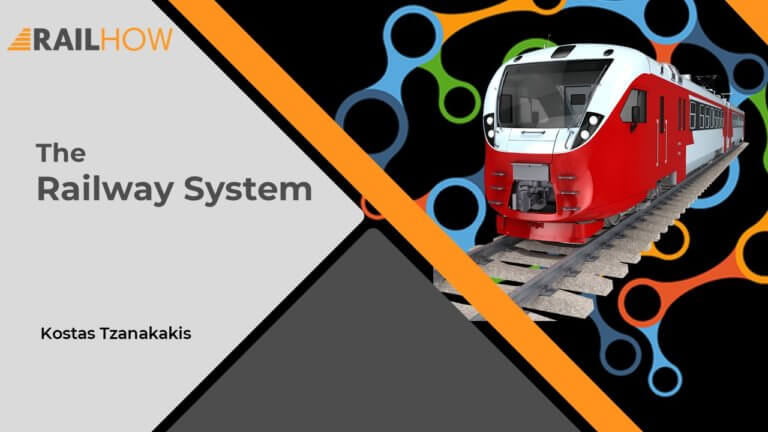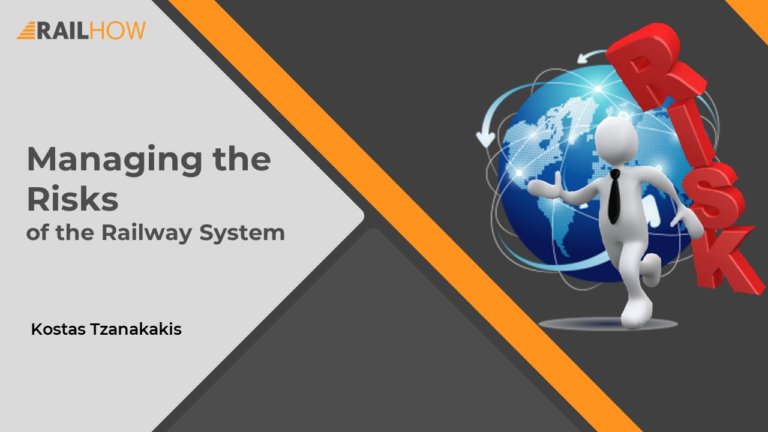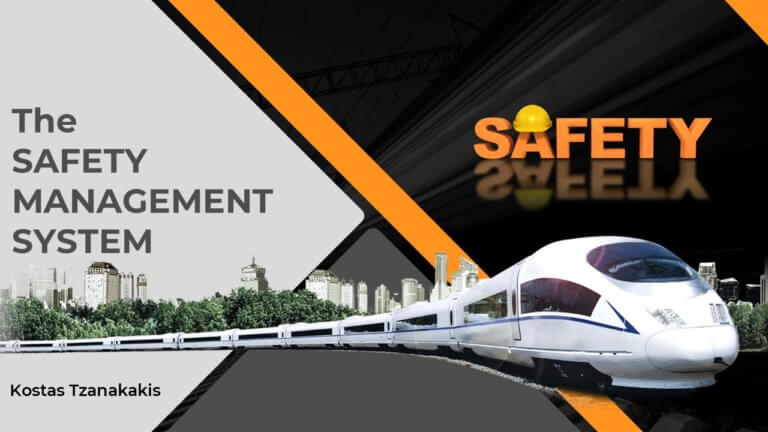RAMS means Reliability, Availability, Maintainability and Safety. It is an engineering discipline that integrates reliability, availability, maintainability and safety characteristics of a railway system into the product design.
In the recent years it has become a rapidly growing engineering discipline because it can achieve a defined railway service standard timely, safely and cost effectively. Since the 1980s, RAMS management has been widely adopted and has been developed as a distinct engineering discipline.
The course starts by providing the context of RAMS. We are living in a complex world, and the railway system and its subsystems must function as designed. They must be available and safe.
RAMS will be introduced. The RAMS parameters will be presented in detail, with many examples to help us understand them. The system’s lifecycle (the RAMS lifecycle) or also called the “V Model“, the terms and procedures for “verification”, “validation” and “assessment” are presented and explained.
In order to know that our system is safe, safety must be assessed, and a Safety Approval is needed: The various types of approval, the safety assessment, the role of the Safety Assessor is presented.
In order to achieve an effective railway system, the RAMS requirements need to be defined and included in the engineering specifications. The requirements, the specific RAMS targets for the all subsystems and components of the railway system are given.



